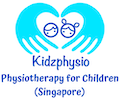Quick Toddler / Child Check For Parents - (Feet & Legs)
Is your child walking with a weird foot posture? Here are a few foot postures that should be noticed and treated early.

Tip-toe walking
1. Tip-toe walking:
It is common to see toddlers tip-toe walking when they are first learning to walk. However, we need to make sure that they do not continue to tip-toe walk, because long term tip-toe walking will damage the foot bones as the fragile bones are unable to develop normally. The toes take a lot of pressure when children tip-toe walk.
Some children do not grow out of tip-toe walking, and can end up with tight calf muscles, which may affect the child's advanced motor skills as they grow older. There are many reasons for continued tip-toe walking, and these need different treatment strategies. It is easier to correct tip-toe walking, the earlier it is treated. Once the foot bones are fully formed, it becomes too late to change the foot structure.
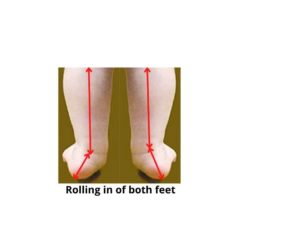
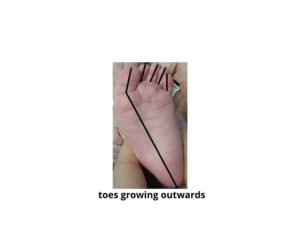
2. Rolling in of the feet:
It is not natural foot posture if you see your child's feet rolling in, with toes growing outwards, and the bones on the inside of feet collapsing to the ground. This foot posture needs to be corrected when your child is still young and his foot bones are still pliable.
Foot posture is moulded by the way the foot is positioned and the direction of pull of the various foot muscles when your child is walking. When this foot posture is picked up early, treatment strategies that can be used are simpler and less invasive. It becomes very difficult to correct your child's foot posture as he grows older, as foot bones ossify by 5 years of age.
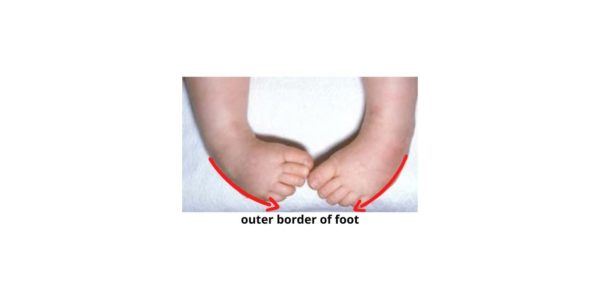
3. Walking on the outer borders of the feet
If your child is walking on the outside borders of his feet, or walking with his toes pointing inwards, it might be due to poor positioning of his legs/feet (in-toeing walking pattern), which has simple treatment strategies. However, it might also be a structural deformity, like a mild clubfoot (clubfoot foot posture). This foot posture leads to skin breakdown on the outer borders of the feet, and deformity of the foot bones.
It also leads to poor balance and attainment of advanced gross motor skills as your child grows older. When the foot bones are ossified after 5 years old, correction of the foot posture by conservative treatment strategies are limited, and more invasive treatment options may need to be used.
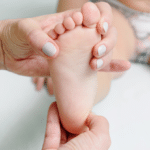
Assessment of child's foot posture
If you have any concerns about your child's foot posture or funny looking walking pattern, please do reach out to us for an assessment of his feet and legs.
Let's get in touch
